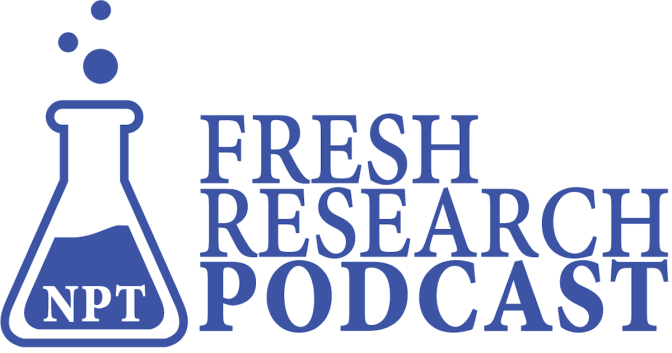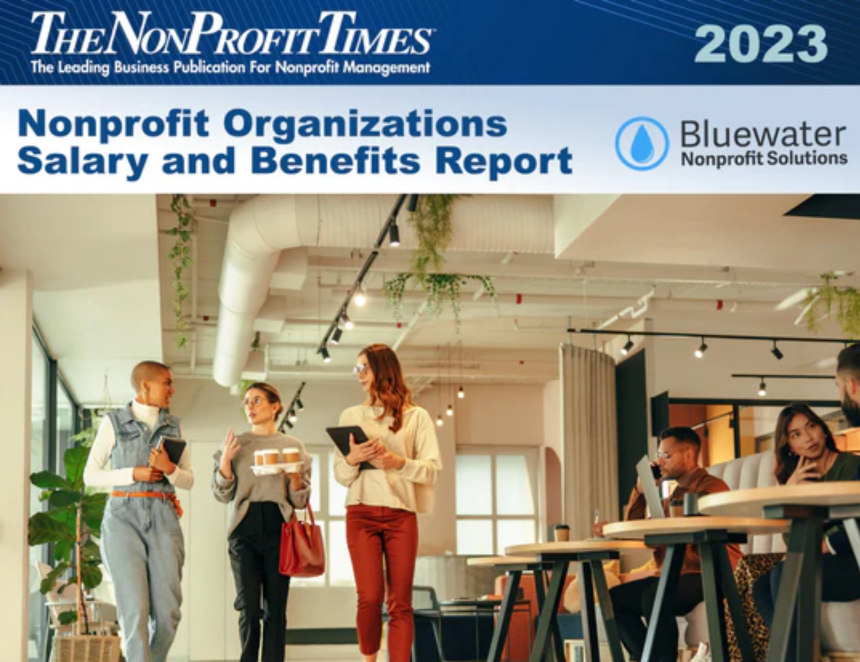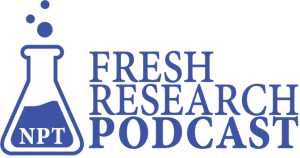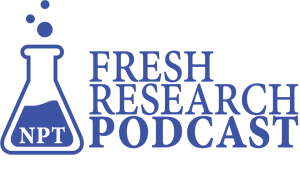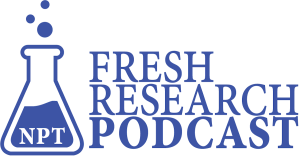This episode of Fresh Research tackles the options when it comes to donors appeals. Should your appeal take aim at the donor and benefits to them, or instead remind them how their gift would benefit the community?
 John List, the Kenneth C. Griffin Distinguished Service Professor at the University of Chicago collaborated with James J. Murphy and Alexander G. James, both of the University of Alaska Anchorage, and Michael K. Price of the University of Alabama, on the study: “Do Appeals to Donor Benefits Raise More Money Than Appeals to Recipient Benefits? Evidence from a Natural Field Experiment with Pick.Click.Give.”
John List, the Kenneth C. Griffin Distinguished Service Professor at the University of Chicago collaborated with James J. Murphy and Alexander G. James, both of the University of Alaska Anchorage, and Michael K. Price of the University of Alabama, on the study: “Do Appeals to Donor Benefits Raise More Money Than Appeals to Recipient Benefits? Evidence from a Natural Field Experiment with Pick.Click.Give.”
In Alaska, residents can choose to donate in increments of $25 when they file for their Permanent Fund Dividend (PFD), which last year amounted to more than $1,600. Pick.Click.Give is the charitable contributions program. The study randomly allocated the state’s roughly 290,000 households into either a control group or one of two groups that received a postcard to promote Pick.Click.Give. Postcards were mailed during the last week of December in 2013. Donations exceeded $3.1 million from more than 26,000 individuals.
Both postcards included slogans designed to reflect two main motives for charitable giving. One highlighted the benefits to the donor, with the message “Warm Your Heart.” The other featured benefits to others, through the message, “Make Alaska Better for Everyone.”
So, what did the study come up with? Among the findings were that those who received the “Warm Your Heart” appeal were 4.5 percent more likely to give and gave about 20 percent more during the subsequent 2015 campaign than others. Women and those 50 and older also were more likely to give, and provided larger average gifts than others.
Hear more details on the study’s findings, including the impact on warm- and cold-list donors, and the effect of the “warm glow” for donors, on this episode of Fresh Research.

